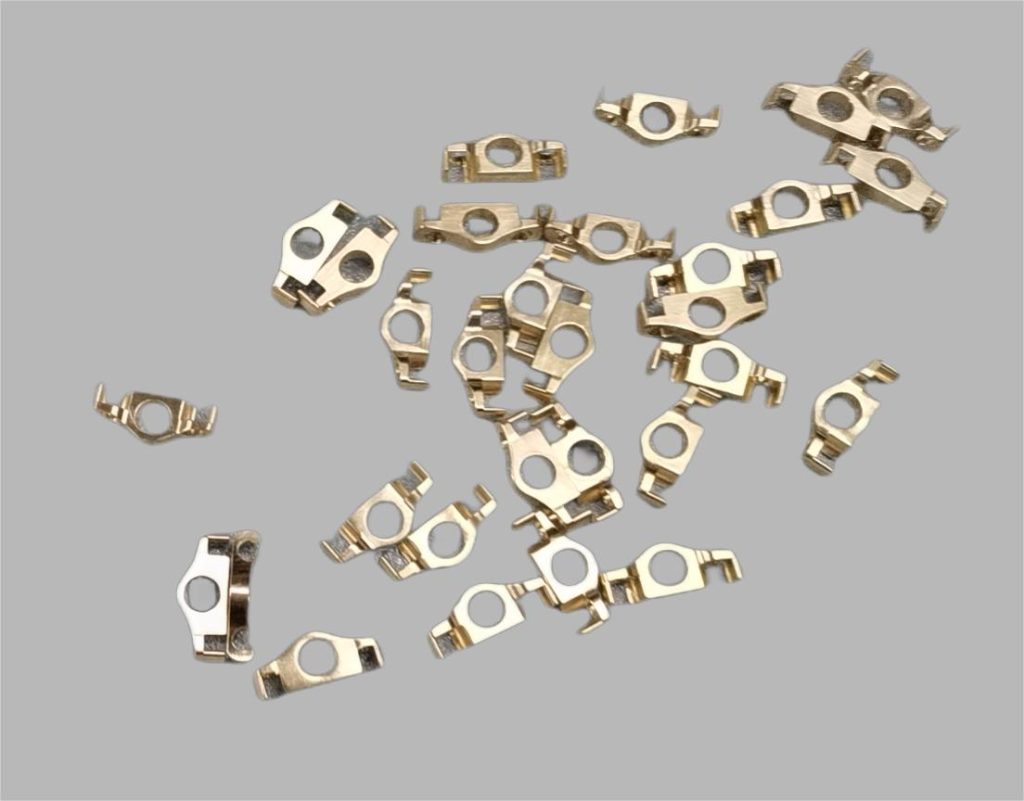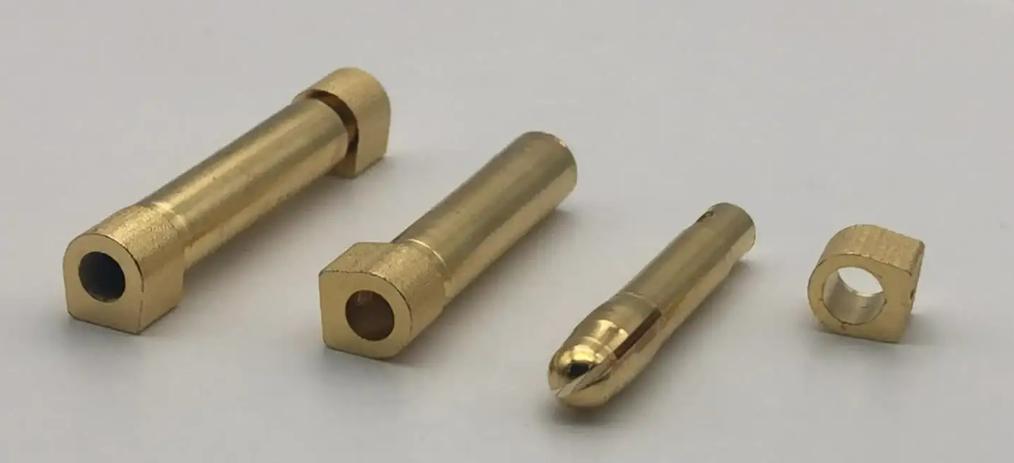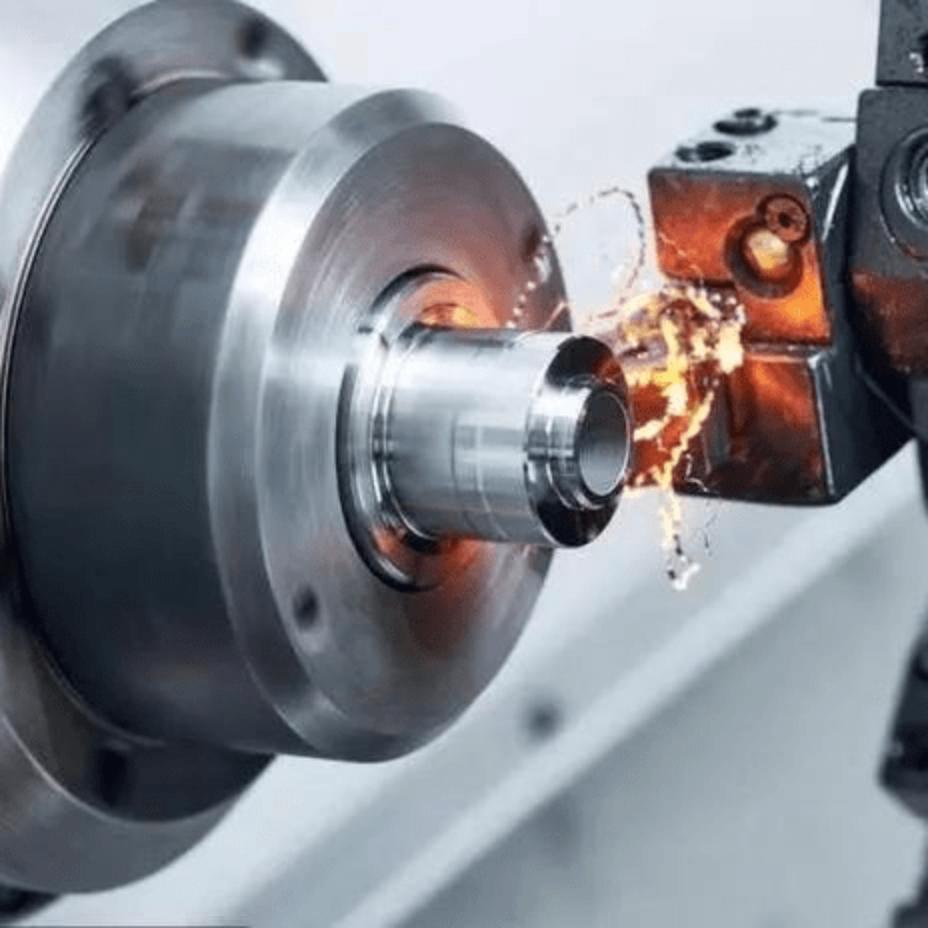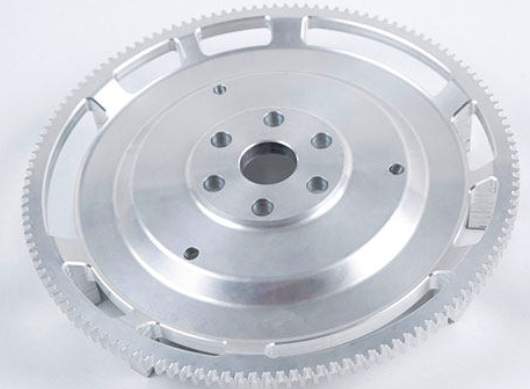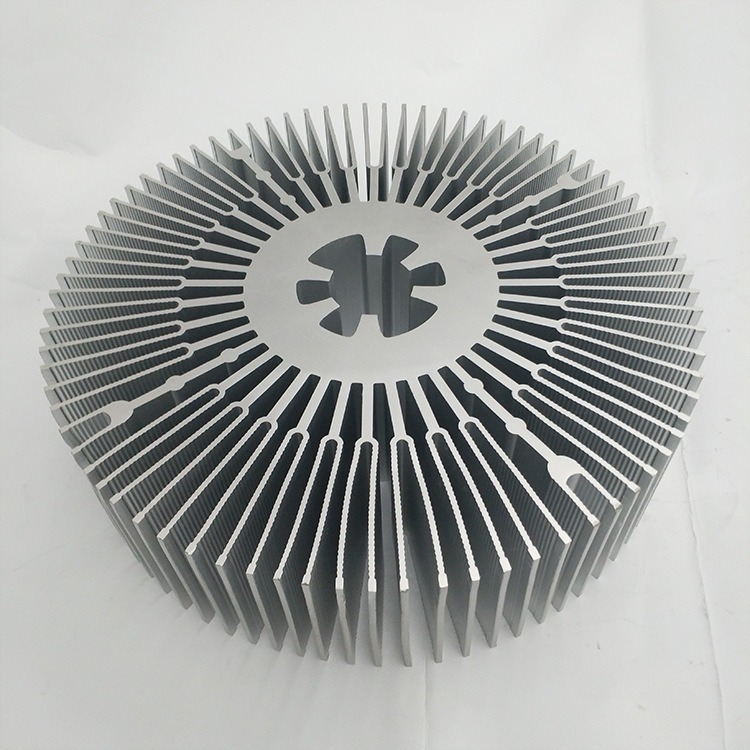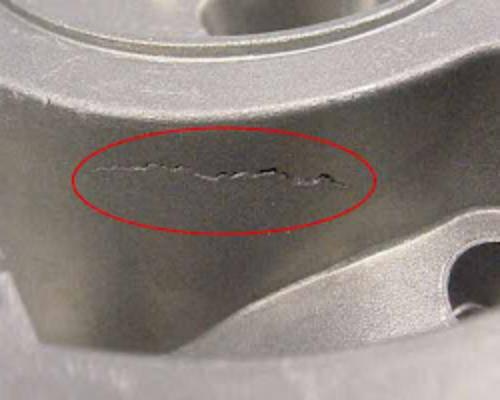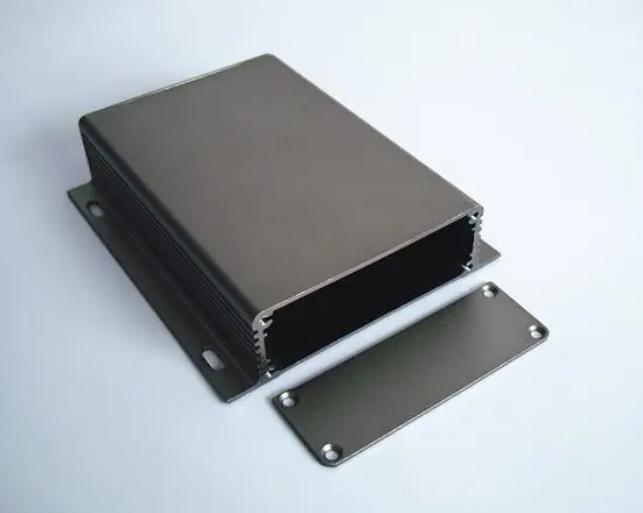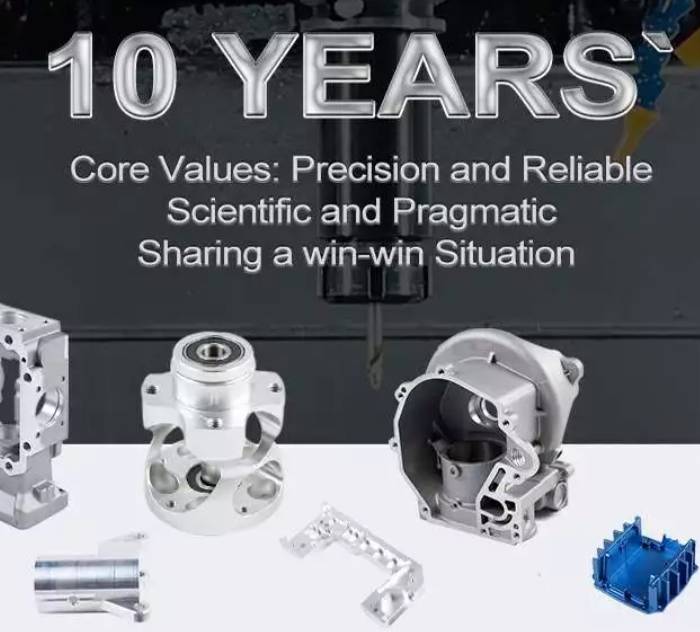CNC machining has revolutionized manufacturing by enabling precise and efficient production processes. Material selection plays a pivotal role in CNC machining, impacting factors such as cost, performance, and overall project success. Among the plethora of materials available, brass and aluminum stand out for their unique properties. The choice between these two materials is critical in achieving desired outcomes in CNC machining.
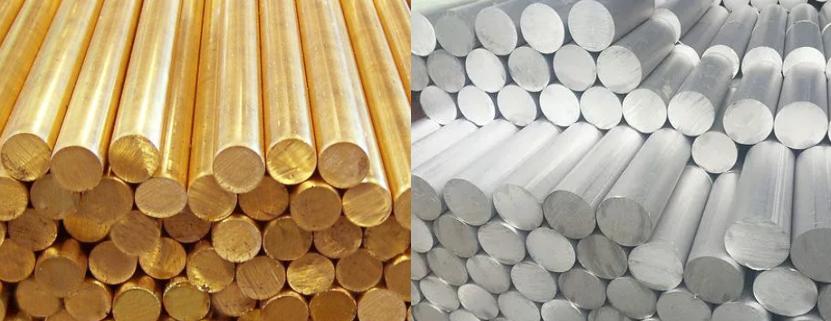
Properties of Brass and Aluminum
Brass and aluminum are both metal alloys with distinct properties that make them suitable for various applications. Here are some key properties of brass and aluminum:
| Property | Brass | Aluminum |
| Composition | Mainly copper and zinc alloy | Pure aluminum or aluminum alloy |
| Color | Yellow to reddish-brown | Silver to gray |
| Density (g/cm³) | 8.4 – 8.7 | 2.7 |
| Melting Point (°C) | 900 – 940 (depending on composition) | 660.3 |
| Tensile Strength (MPa) | 300 – 600 | 70 – 700 (depending on alloy) |
| Young’s Modulus (GPa) | 100 – 130 | 68.9 |
| Electrical Conductivity (MS/m) | 15 – 45 | 37.7 – 63 |
| Thermal Conductivity (W/m·K) | 109 – 130 | 205 – 250 |
| Corrosion Resistance | Susceptible to corrosion, tarnishes over time | High resistance to corrosion |
| Machinability | Excellent | Excellent |
| Weight | Heavier than aluminum | Lighter than brass |
Comparison of Brass and Aluminum in CNC Machining
Brass and aluminum are both popular materials for CNC machining, and each has its own set of characteristics and advantages. Here’s a comparison of brass and aluminum in the context of CNC machining:
1. Cost Considerations:
Brass: Brass is generally more expensive than aluminum. The cost of raw materials, especially copper, contributes to the higher overall cost.
Aluminum: Aluminum is cost-effective and often chosen for projects with budget constraints.
2. Machining Complexity and Precision:
Brass: Brass is known for its excellent machinability, producing fine chips and allowing for intricate designs. It can be machined with high precision.
Aluminum: Aluminum is also easy to machine and allows for complex designs. Its lightweight nature makes it suitable for intricate parts.
3. Tool Wear and Tool Life:
Brass: Brass is relatively softer than aluminum, resulting in less tool wear during machining. Tools may last longer when machining brass.
Aluminum: Aluminum is soft and generally results in minimal tool wear, contributing to longer tool life.
4. Surface Finish and Aesthetics:
Brass: Brass has a natural golden color and can achieve a smooth, polished surface finish. It is often chosen for its aesthetic appeal and is used in decorative parts.
Aluminum: Aluminum can also achieve a smooth finish, but it is more commonly used in applications where aesthetics are not the primary concern. It can be anodized for improved appearance and corrosion resistance.
5. Specific Applications:
- Automotive Components: Brass is used for various automotive parts, such as fittings, connectors, and decorative elements.
- Electronic Connectors: The good electrical conductivity of brass makes it suitable for manufacturing connectors and terminals.
- Plumbing Fittings: Brass is corrosion-resistant and durable, making it a common choice for plumbing components.
- Aerospace Components: The lightweight nature of aluminum makes it ideal for aerospace applications, including aircraft components and structural parts.
- Consumer Electronics: Aluminum is often used in the production of smartphone casings, laptop components, and other consumer electronics.
- Prototypes and Rapid Tooling: Aluminum is frequently chosen for rapid prototyping and tooling due to its machinability and cost-effectiveness.
In summary, both brass and aluminum have their advantages in CNC machining. Brass is valued for its aesthetic appeal, good machinability, and corrosion resistance. Aluminum is chosen for its lightweight properties, cost-effectiveness, and suitability for applications where weight is a critical factor. The choice between brass and aluminum depends on the specific requirements of the project.
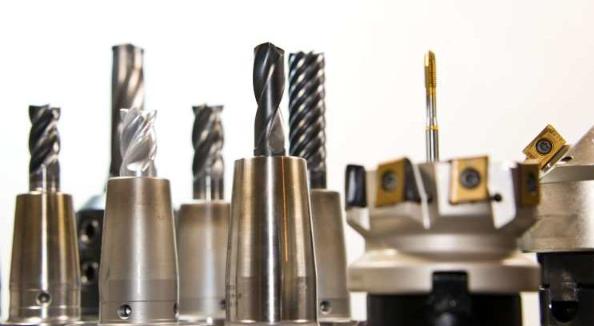
Recommended Practices for CNC Machining Brass and Aluminum
CNC machining of brass and aluminum involves specific considerations to achieve optimal results. Here are some recommended practices for machining brass and aluminum:
Brass Machining:
- Reducing Heat: Minimize dwell time and reduce cutting speeds to avoid excessive heat buildup. Use high-quality cutting fluids to dissipate heat.
- Chip Control: Brass tends to produce long, stringy chips. Use chip breakers or peck drilling to control chip formation.
- Avoiding Work Hardening: Brass work hardens easily. Minimize tool engagement to prevent excessive deformation.
- Tool Coatings: Consider using tools with coatings designed for non-ferrous materials.
Aluminum Machining:
- Chip Evacuation: Aluminum generates chips that can be difficult to evacuate. Use proper chip management techniques, such as through-tool coolant or air blasts.
- Tool Coatings: Tools with coatings like TiAlN (Titanium Aluminum Nitride) are effective for aluminum machining.
- Workholding: Aluminum can distort under machining forces. Ensure secure and rigid workholding to prevent vibrations and maintain accuracy.
- Trochoidal Milling: Consider trochoidal milling for efficient material removal and reduced tool wear.
Both Materials:
- Tool Path Optimization: Use efficient tool paths to minimize tool engagement and reduce cutting forces.
- Rigidity: Ensure machine and workpiece rigidity to maintain accuracy, especially when dealing with thin-walled parts.
- Tool Breakage Detection: Implement tool breakage detection systems to avoid continued machining with a damaged tool.
- Tool Changes: Optimize tool change procedures to minimize downtime and maintain productivity.
- Quality Control: Regularly inspect machined parts for dimensional accuracy and surface finish.
Always refer to the specific recommendations from tool and material suppliers, and perform test cuts to optimize cutting parameters for your specific setup. Additionally, CNC machine manufacturers may provide guidelines for machining different materials on their machines.
Conclusion
In the realm of CNC machining, the choice between brass and aluminum is multifaceted. While aluminum excels in cost-effectiveness, ease of machining, and lightweight applications, brass offers durability, corrosion resistance, and a distinctive aesthetic. The decision should align with specific project requirements, considering factors such as cost, precision, and the intended use of the final product. Ultimately, the success of CNC machining projects hinges on informed material selection and adherence to best practices in machining each material. Please feel free to contact JTR Machinery for CNC Machining Service in China. Believe they will be your desirable CNC machining manufacturer.


